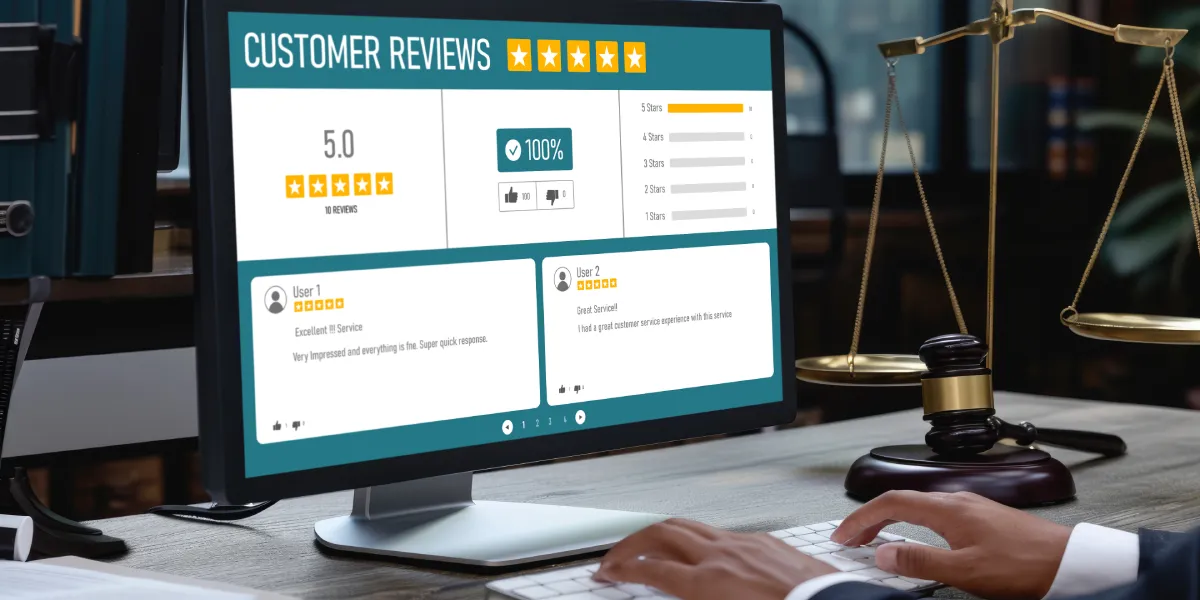How to Choose a WordPress Theme That Meets Accessibility Standards
Choosing the right WordPress theme is one of the most critical steps in building a website that is both functional and user-friendly. While design, customization, and performance are often top of mind for website owners, accessibility is frequently overlooked. However, with increasing legal and ethical demands for digital inclusivity, selecting a theme that meets accessibility standards is no longer optional – it’s essential.
Website accessibility ensures that all users, including those with disabilities, can interact with your site effectively. This encompasses a wide range of considerations, from color contrast and font size to keyboard navigation and screen reader compatibility. By selecting a theme with accessibility in mind, you create an inclusive experience that benefits everyone and demonstrates social responsibility. For businesses unsure of how to assess accessibility compliance, seeking guidance from website accessibility consulting professionals can be invaluable.
Understanding Accessibility Standards for WordPress Themes
Before diving into theme options, it’s important to understand the standards that define accessibility. Most websites aim to comply with the Web Content Accessibility Guidelines (WCAG), which provide a framework for making digital content perceivable, operable, understandable, and robust. A WordPress theme that adheres to these principles will support features such as:
- Proper use of headings, lists, and semantic HTML
- High-contrast color schemes and adjustable font sizes
- Alternative text for images and accessible media players
- Keyboard navigation for users who cannot use a mouse
- Screen reader compatibility for visually impaired users
Additionally, many themes now advertise themselves as “accessibility-ready,” meaning they have been developed with WCAG 2.1 standards in mind. However, not all claims are equal. It’s essential to test themes thoroughly to ensure they deliver on accessibility promises. Engaging with website accessibility consulting services can help evaluate themes and identify potential issues before you launch your site.
Key Features to Look for in an Accessible Theme
When choosing a WordPress theme, certain features can significantly influence its accessibility. Look for the following attributes:
- Semantic HTML Structure: Proper use of HTML elements such as headings (<h1> to <h6>), lists, tables, and landmarks ensures that assistive technologies can interpret the content correctly.
- Color Contrast and Typography: A theme should provide sufficient contrast between text and background colors. Additionally, fonts should be readable, scalable, and compatible with screen magnifiers.
- Keyboard Navigation: Users who cannot operate a mouse rely on keyboard navigation. Check that menus, buttons, and form fields are accessible using the tab key.
- ARIA Support: Accessible Rich Internet Applications (ARIA) attributes help screen readers convey dynamic content and interface components to users with disabilities.
- Accessibility-Ready Plugins: Some themes integrate well with plugins designed to enhance accessibility, such as those for captions, text-to-speech, or content adaptation.
Even if a theme appears accessible on the surface, issues may still arise during customization. This is why collaborating with experts in website accessibility consulting can ensure your theme is not only visually appealing but also inclusive for all users.
Testing and Evaluating Accessibility
Once you narrow down your theme options, it’s essential to evaluate their real-world accessibility. This process typically involves both automated testing tools and manual assessments:
- Automated Testing Tools: Tools like WAVE, Axe, and Lighthouse can detect common accessibility issues such as missing alt text, color contrast problems, and improper HTML structure.
- Manual Testing: Automated tools cannot catch all issues. Manual testing with screen readers (NVDA, JAWS), keyboard navigation, and mobile accessibility checks is critical to ensure comprehensive compliance.
- User Feedback: Engaging users with disabilities to test your site provides practical insights that go beyond technical compliance. Their experiences can highlight barriers that might otherwise go unnoticed.
Combining these testing methods with insights from website accessibility consulting professionals ensures a thorough evaluation and a truly inclusive website.
The Benefits of Choosing an Accessible WordPress Theme
Investing time and effort in selecting an accessible WordPress theme has multiple benefits:
- Wider Audience Reach: Making your website accessible ensures that users with disabilities, older adults, and those with temporary impairments can engage with your content.
- Legal Compliance: Many regions, including Canada, have regulations requiring digital accessibility. Choosing an accessible theme helps mitigate legal risk.
- Improved User Experience: Accessibility features often enhance usability for all visitors, such as better navigation, clearer content structure, and faster load times.
- Positive Brand Perception: Demonstrating a commitment to inclusion can enhance your reputation and foster loyalty among diverse audiences.
Ultimately, accessibility is not just a compliance checkbox—it’s an integral part of building a website that is welcoming, functional, and effective for all users.
Conclusion
Selecting a WordPress theme that meets accessibility standards may seem daunting, but with careful consideration and the right guidance, it becomes a manageable process. Focus on themes that adhere to WCAG guidelines, offer robust accessibility features, and support keyboard and screen reader compatibility. Testing themes thoroughly and seeking advice from website accessibility consulting experts can further ensure that your website is inclusive from day one. By prioritizing accessibility, you create a better experience for all users while demonstrating a commitment to digital inclusion and responsible web design.

Leave a Reply